National Monument Closed Due To Excessive Stink From Invasive Species
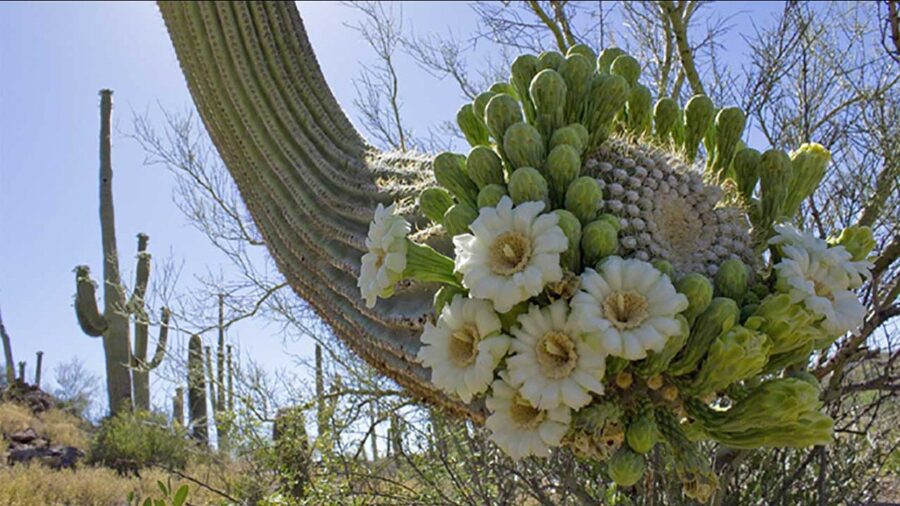
An invasive plant creatively named stinknet, scientifically known as Oncosiphon pilulifer, has forced a partial closure at Arizona’s Casa Grande Ruins National Monument. This unwelcome guest not only has a nose-wrinkling odor but also poses a serious threat to the Sonoran Desert’s ecosystem.
Stinknet
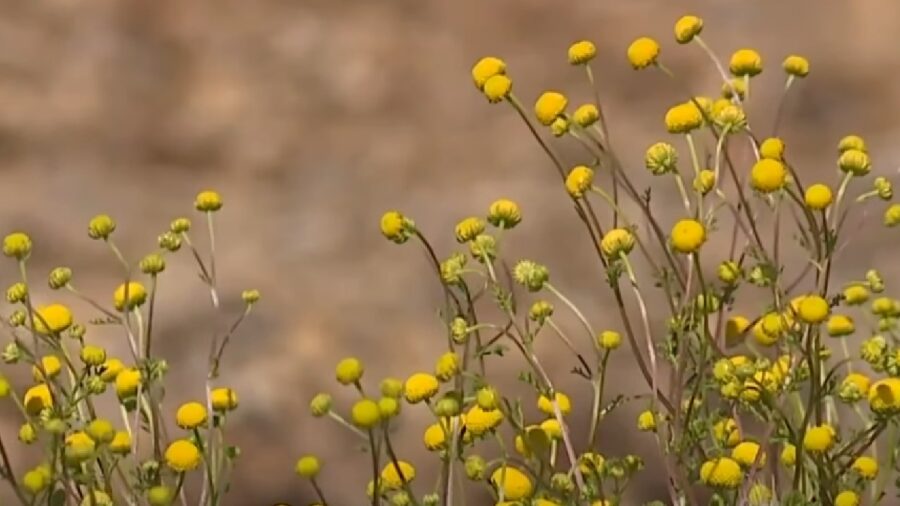
The aggressive plant outcompetes native vegetation for vital resources, including sunlight and water, disrupting the natural balance. Additionally, stinknet dries out quickly and becomes a fire hazard in the summer months, often causing wildfires.
University of Arizona researchers are sounding the alarm that this fast-spreading weed is a problem not only for the plants of the National Monument but also for its visitors. The major issue is that Stinknet can cause respiratory problems and allergic reactions when crushed.
The Casa Grande Ruins
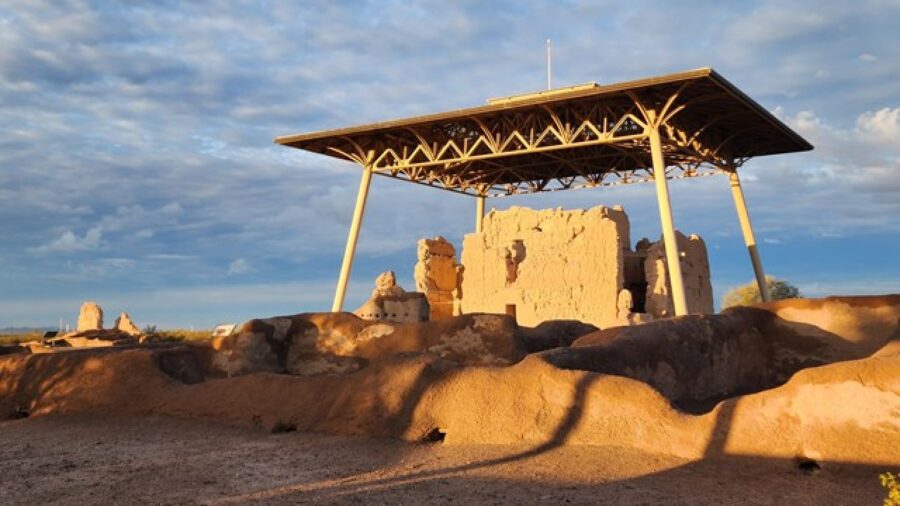
Stinknet is fairly recognizable. It is generally two to three feet tall, has bright yellow flowers, and there is no chance of missing its strong odor, similar to burned rubber.
However, Stinknet isn’t new to the area, as it was first detected back in 1997 throughout the Phoenix area and established itself in Pinal County, where the Casa Grande Ruins National Monument is located. Furthermore, this wildflower has rooted itself not just in Arizona, but other parts of the USA, including Southern California and southern Nevada, but it can also be found in Mexico.
Arizona’s Sonoran Desert
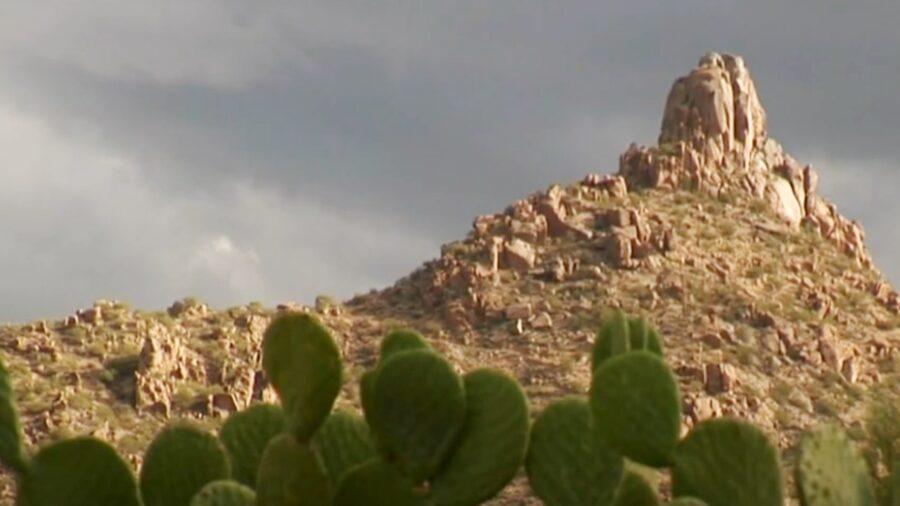
Arizona State Park and Trails has come forward to say that this South African plant is a serious threat to the Sonoran Desert and rates the plant in its top eight invasive weeds and grasses. In their own words, “This aggressive plant has rapidly spread across the desert landscape, displacing native vegetation and altering fragile ecosystems.”
The temporary closure of a picnic area at Arizona’s Casa Grande Ruins National Monument is a huge blow to tourism since it draws more than 70,000 people a year. This historic landmark located near Coolidge, Arizona, is home to a collection of impressive structures made by the Hohokam people 700 years ago.
A Danger To Health
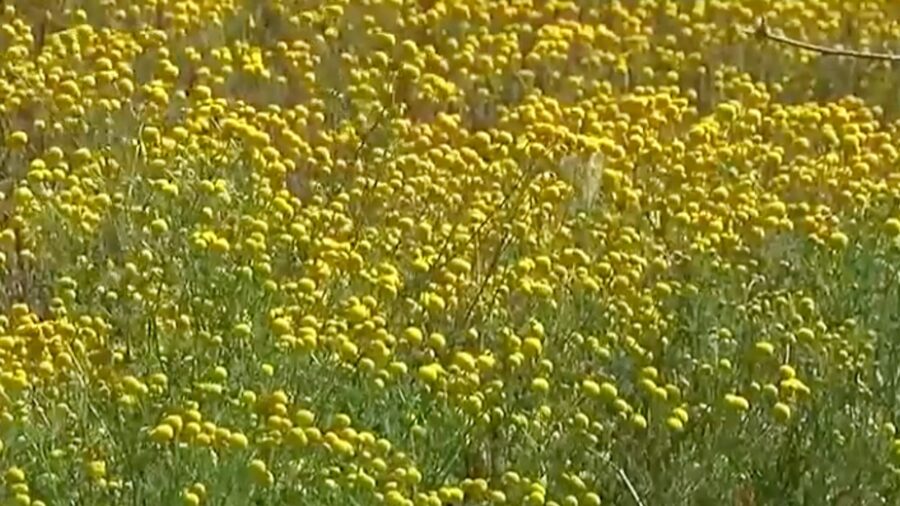
The closed picnic part of the national monument was a great place for visitors to relax and refuel following their tour among the ruins. Unfortunately, due to stinknet’s massive threat to the health of visitors, one of Arizona’s frequents remains closed until a solution is found. Visitors are advised to stay away from walking near or on the flowering weed in other parts of the park as it stops it from spreading, said the staff of Arizona’s National Monument.
Moreover, people who live in the area are advised by the Arizona State Parks and Trails to carefully put weeds into a bag even before they flower, and hundreds of seeds are released into nature.
The Monument Is Closed For Over a Month
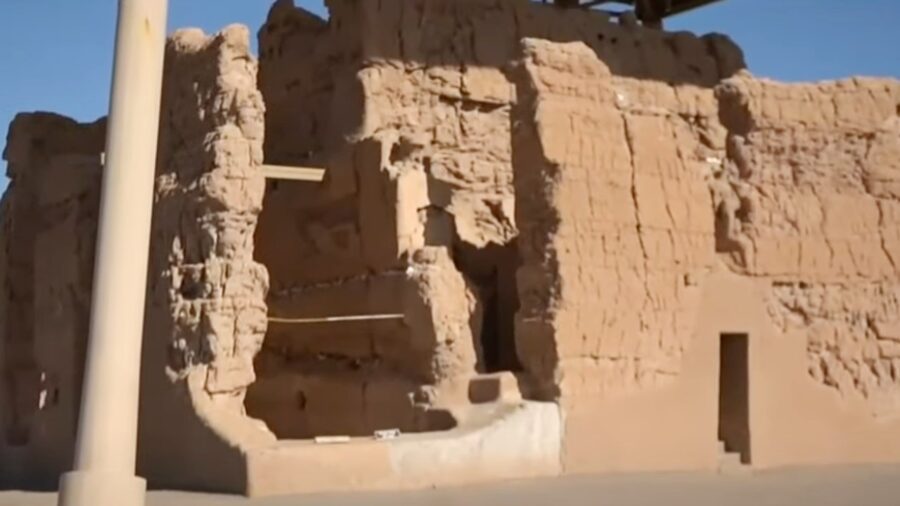
Unfortunately, the University of California Statewide Integrated Pest Management System still has to find out how to control it other than throwing tons of herbicide at it.
Casa Grande Ruins Picnic Area remains closed through April 30, 2024, according to the staff of the national monument. We can only hope that visitors do not help the spreading of the plant. If spotted, it is best to avoid it or collect it into a bag but before it flowers.












